Materials
Per Class:
- 1 permanent marker, any color
- 1 watering can
- A few bricks
- 1 can nonstick cooking spray
- Safety glasses
Per Team:
- 6 small paper cups (e.g., Dixie cups)
- 1 small bowl for mixing ingredients
- 4 cups sand
- 5 teaspoons white glue
- 1 cup water
- 2 plastic spoons
Instructions
Student teams construct 4 buildings out of different materials and subject them to a range of stresses to find out which material is strongest.
PART ONE: BUILDING
- Ask students to retell or summarize the story of the Three Little Pigs.
- Ask students what this story teaches them about the best types of building materials.
- Ask students what materials most buildings are made out of and start a list (wood, stone, steel, adobe, cement, brick). Note that of these, only wood isn’t made directly from rocks, soils, and minerals. Hold a conversation about which materials might be best for building different structures such as houses, skyscrapers, and bridges.
- Divide students into teams and distribute materials. Explain that they are going to be engineers and build 3 different types of “buildings.” For each type of building, they will make two structures, for a total of 6 buildings. They will complete 4 buildings today (types B and C) and let them dry for a few days. When they are dry, they will make the last 2 and test all 6 in various ways to see which material is strongest. Give students the following instructions for creating their buildings.
- BUILDING TYPE B: In the mixing bowl, mix 4 teaspoons of glue with 4 teaspoons of water.
- Add 2 full paper cups of sand and stir until the ingredients are well mixed and damp.
- Spray the inside of 2 paper cups with nonstick spray.
- Place the mixture into these 2 cups until they are almost full.
- Write “B” on the sides of these cups with the marker.
- Set the cups aside to dry for at least 4 days.
- Rinse out the mixing bowl and dry it.
- BUILDING TYPE C: In the mixing bowl, mix 1 teaspoon of white glue with 6 teaspoons of water.
- Add 2 full paper cups of sand and stir until well mixed and damp.

- Spray the inside of 2 paper cups with nonstick spray.
- Place the mixture in these 2 cups until they are nearly full.
- Write “C” on these cups with the marker.
- Set the cups aside to dry for at least 4 days.
PART 2: TESTING
- Make sure that the 4 buildings are totally dry.
- Remind students that before testing these buildings, they have one more pair of buildings to make. Give students the following instructions.
- BUILDING TYPE A (the reference): In the mixing bowl, mix 2 paper cups of sand with 6 teaspoons of water.
- Fill 2 paper cups with this damp sand.
- Write “A” on these cups. These don’t need drying time.
- TESTING: Tell each group to take their A, B, and C cups outside. Bring the watering can and bricks.
- On a dirt patch of ground (concrete and asphalt will also work), ask each team to carefully turn over one of their A cups so that the damp sand retains the shape of the cup.
- Ask each team to pour water on this building and make observations. The water from the watering can represents rain or erosion.
- Instruct teams to carefully turn over their other A cup so that it retains its cup shape. Each team then puts a brick on the building and observes what happens. The brick represents the weight of people, furniture, and anything else that the structure has to hold up (known as the “live load”).
- Ask students to carefully turn over and peel away the cup from one of their B buildings. Subject this B building to water from the watering can and observe what happens. If students don’t realize it, note that the glue helped to hold the sand together so that the buildings fared better than the ones made only of sand.
- Subject the B buildings to the brick test and make observations and comparisons to the fate of the A buildings. Students should also note the impact of a wet versus a dry substance. Ask them to consider how the B structure might have responded differently if it was still wet.
- If any B buildings withstand having a brick on them, test again by dropping the brick from a height of 6 inches onto each building and observe what happens. The dropper should wear safety glasses and the observers should stand back so that sand doesn’t get sprayed in their eyes. This tests the building’s ability to withstand a falling object, such as a tree limb.
- Repeat the water and brick tests with the C buildings and discuss how these buildings did compared to the A and B buildings.
Guiding Questions
- How much should you mix each building material to make sure it’s damp all the way through?
- Do you think the buildings would be stronger, weaker, or the same if you made them the size of sand buckets instead of little cups?
- What material do you think would be good to add to make an even stronger building?
- Do you think if you used a different shape (toilet paper roll) the strength of the building would be different?
- Based on what you learned in this project, how could the other two pigs have strengthened their houses?
STEM Connections
- The selection of appropriate materials is one of the most important jobs of an engineer in the construction of a building. They select materials by testing them for:
- Strength
- Stiffness
- Resistance to wear from erosion or corrosion
- Cost, time, and ability to manufacture
The most common building materials are wood, concrete, and steel (and they are often used together).
- Engineers often use concrete—a mixture of water, minerals, rocks, and soils—in building construction because of its strength and resistance to erosion. The strongest concretes in the world can hold about 11,000 pounds over every square inch of its surface. The Burj Khalifa tower in Dubai—the tallest building in the world—is made primarily of reinforced concrete. It stands 160 stories high and uses 431,600 cubic yards of concrete. That is enough to cover the entire state of California with a layer of concrete 7 feet deep!
- Engineers use stress tests to make sure buildings are strong. Stress tests add weight to buildings to verify how much they can safely hold. To be as careful as possible, engineers add more weight than the building is likely to ever hold. This is called a safety margin or a safety factor.

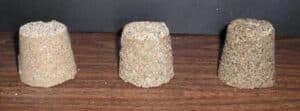
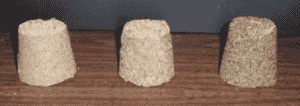
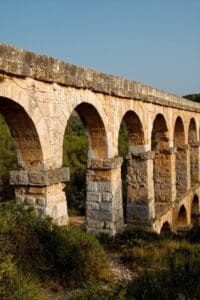
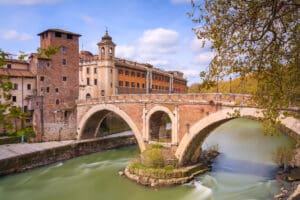
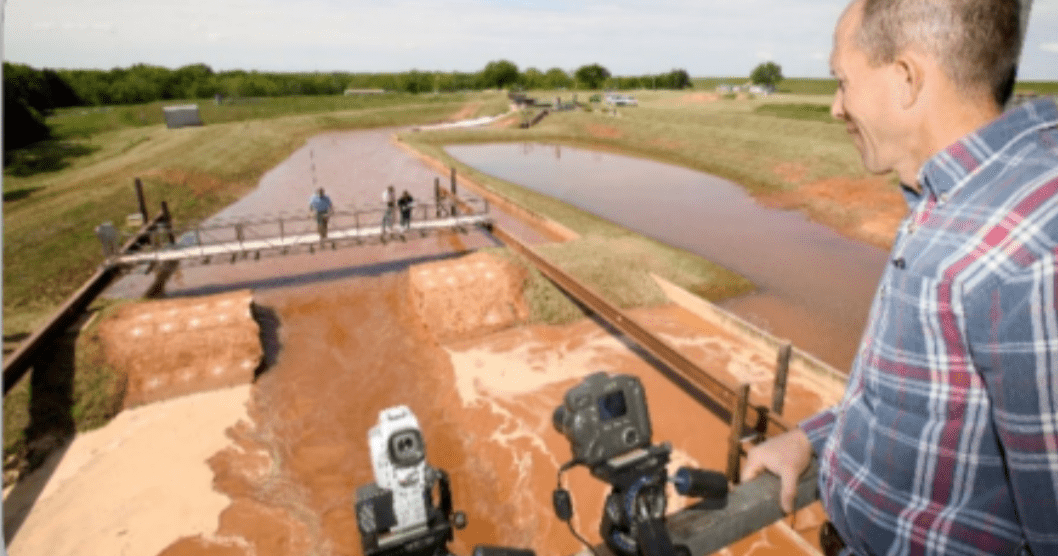

Thank you! Your submission is processing.